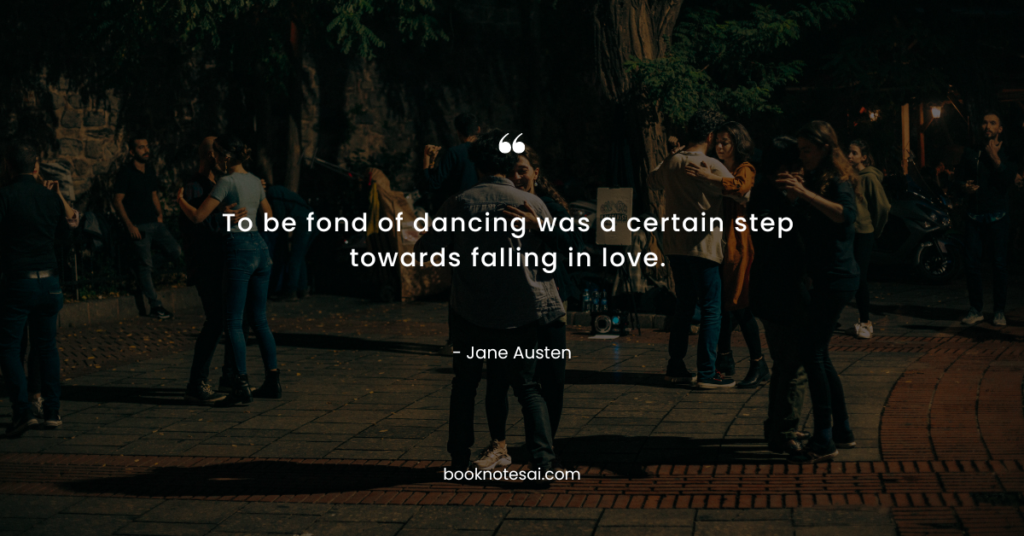Listen To This Post
Pride and Prejudice Summary: A timeless classic exploring love, societal norms, and personal growth.

This is a book summary for Pride and Prejudice by Jane Austen. The essential information is structured to be straightforward, useful, and valuable, all while helping you save plenty of time.
Introduction: Why this book?
- Delve into the captivating world of early 19th-century England with Jane Austen’s masterpiece, Pride and Prejudice.
- Through its timeless themes of love, social class, and personal growth, the novel offers readers a window into the complexities of human relationships and societal expectations.
Pride and Prejudice Summary:
- Set in rural England, Pride and Prejudice follows the tumultuous journey of Elizabeth Bennet as she navigates love, family, and society.
- Through sharp wit and keen observation, Austen critiques the rigid social hierarchy of her time while exploring the transformative power of love and self-awareness.
- As Elizabeth grapples with her own prejudices and misconceptions, she learns valuable lessons about empathy, forgiveness, and the true nature of human connection.
- Against the backdrop of balls, estates, and matchmaking schemes, Austen crafts a rich tapestry of characters whose flaws and virtues mirror the complexities of real life.
- Ultimately, Pride and Prejudice is a timeless tale of resilience, integrity, and the enduring power of love to transcend social barriers.
💡 5 Big Ideas
- The Complexity of Human Nature: Austen’s portrayal of multifaceted characters like Elizabeth and Mr. Darcy underscores the depth and complexity of human emotions and motivations.
We learn that first impressions can be deceiving and that true understanding requires empathy and introspection. - The Impact of Social Expectations: Through the lens of marriage and societal norms, Austen critiques the restrictive nature of class distinctions and the pressure to conform to societal expectations.
We’re reminded that true happiness stems from authenticity and self-acceptance, rather than external validation. - The Power of Self-Reflection: Characters like Elizabeth and Mr. Darcy undergo profound personal growth as they confront their own prejudices and misconceptions.
Austen teaches us the importance of self-awareness and the capacity for change, even in the face of societal pressure. - The Triumph of Love Over Prejudice: Despite initial misunderstandings and societal obstacles, love prevails in the end.
Austen celebrates the transformative power of love to overcome pride, prejudice, and societal constraints, emphasizing the importance of genuine connection and mutual respect. - The Timelessness of Austen’s Themes: Despite being set in a specific time and place, Pride and Prejudice resonates with readers across generations due to its universal themes of love, resilience, and the pursuit of happiness.
Austen’s insights into human nature remain as relevant today as they were in the early 19th century.
In summary, Pride and Prejudice offers readers a timeless exploration of love, social norms, and personal growth, reminding us of the enduring power of human connection and the importance of staying true to oneself.
Powerful Quotes
- “It is a truth universally acknowledged, that a single man in possession of a good fortune, must be in want of a wife.”
This quote highlights the societal pressure for women to marry for financial security. - “Vanity and pride are different things, though the words are often used synonymously. A person may be proud without being vain.”
This quote emphasizes the distinction between pride and vanity, shedding light on the complexities of human nature. - “There is a stubbornness about me that never can bear to be frightened at the will of others. My courage always rises at every attempt to intimidate me.”
Elizabeth Bennet’s fierce independence shines through in this quote, illustrating her resilience in the face of societal expectations. - “I could easily forgive his pride, if he had not mortified mine.”
Elizabeth’s candidness reveals her vulnerability and highlights the importance of mutual respect in relationships. - “A lady’s imagination is very rapid; it jumps from admiration to love, from love to matrimony in a moment.”
This quote humorously captures the societal pressure on women to marry and the rapid progression of romantic ideals. - “I cannot fix on the hour, or the spot, or the look or the words, which laid the foundation. It is too long ago. I was in the middle before I knew that I had begun.”
Elizabeth reflects on the gradual development of her feelings for Mr. Darcy, highlighting the complexity of romantic relationships. - “You must allow me to tell you how ardently I admire and love you.”
Mr. Darcy’s heartfelt declaration encapsulates the depth of his feelings for Elizabeth, marking a pivotal moment in their relationship. - “To be fond of dancing was a certain step towards falling in love.”
This lighthearted remark by Mr. Darcy underscores the social significance of dancing and courtship in Austen’s era. - “I could not have parted with you, my Lizzy, to anyone less worthy.”
Mr. Bennet expresses his affection for Elizabeth, demonstrating the bond between father and daughter amidst the challenges they face. - “You are too generous to trifle with me. If your feelings are still what they were last April, tell me so at once. My affections and wishes are unchanged, but one word from you will silence me on this subject forever.”
Mr. Darcy’s earnest plea to Elizabeth reflects his vulnerability and sincerity, highlighting the importance of honest communication in relationships.
One Reason To Read This Book:
Immerse yourself in the timeless world of Jane Austen’s Pride and Prejudice to experience the transformative power of love and self-discovery.
Who should I recommend Pride and Prejudice Summary to?
Whether you’re a literature enthusiast seeking timeless classics or someone intrigued by the complexities of human relationships and societal norms, Pride and Prejudice offers a captivating journey that transcends age, gender, and interests.
Recommendations:
- Explore other works by Jane Austen, including “Sense and Sensibility” and “Emma,” to further delve into her insightful portrayal of human nature and societal dynamics.
- Dive into literary analyses and critical essays exploring themes and interpretations of Pride and Prejudice for a deeper understanding of Austen’s enduring legacy.
This summary serves as a complimentary guide to the reviewed title Pride and Prejudice, offering key insights. For a deeper understanding, we encourage you to explore the full book.


